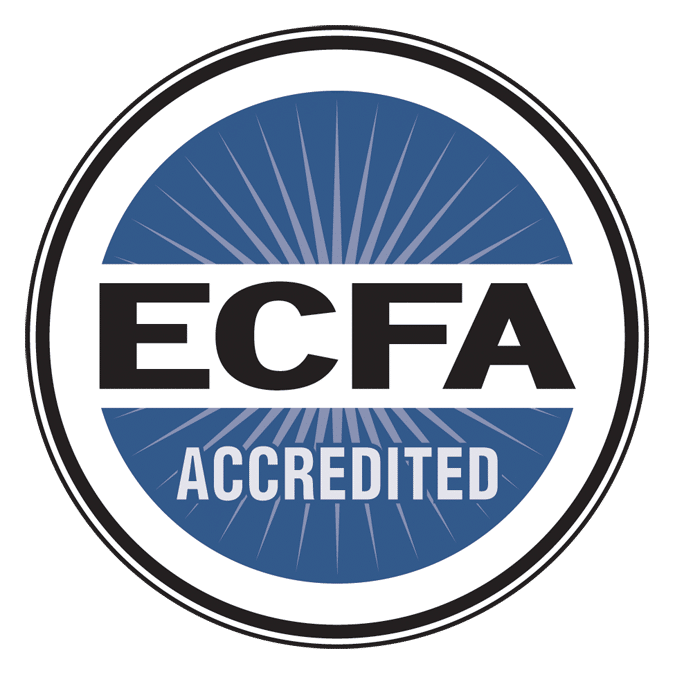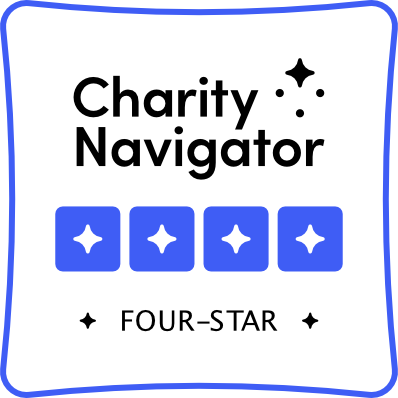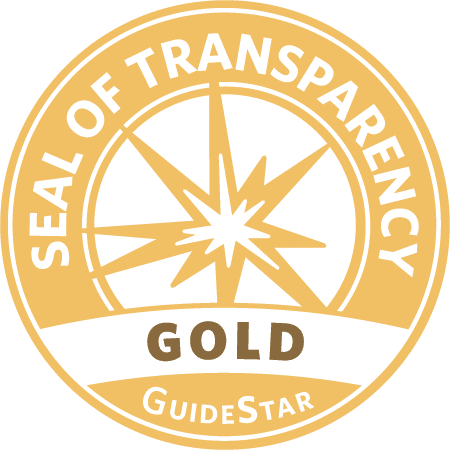Disability and Respect: A Christian Guide to Speaking with Love
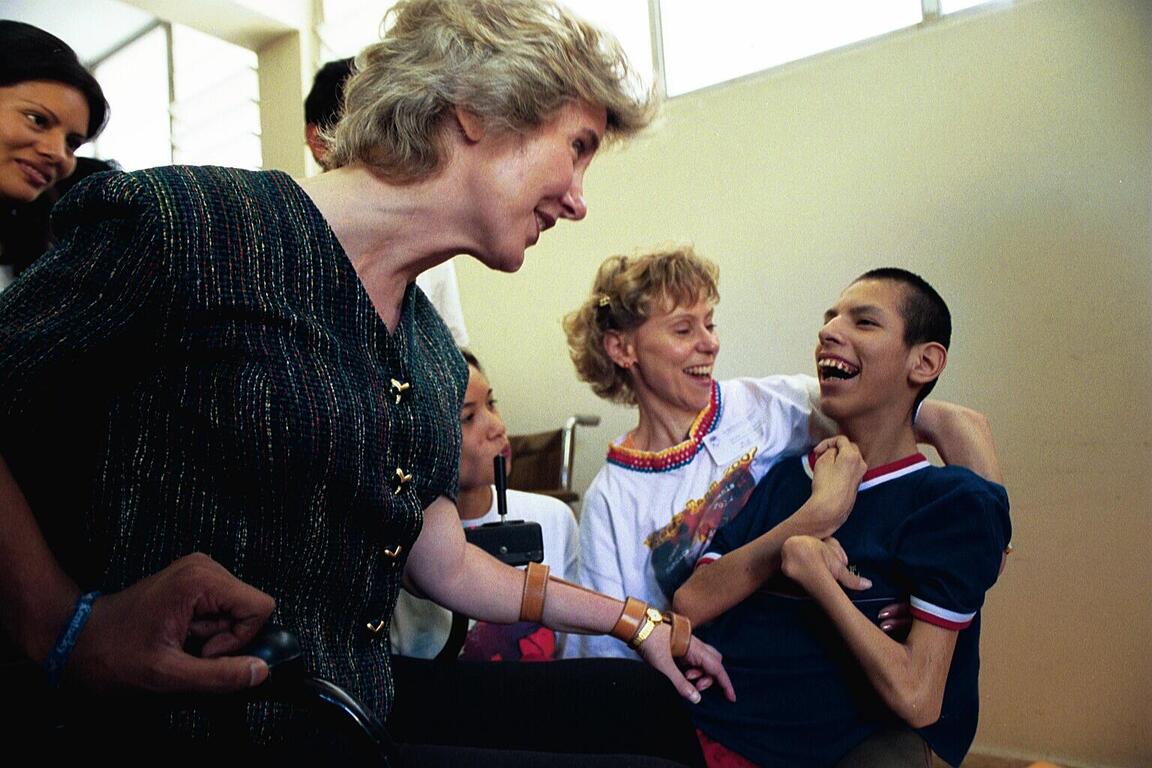
If you have big questions about disability, you’ve come to the right place! Because the Joni and Friends Beyond Suffering course offers a biblical perspective and practical tools to embrace, disciple, and serve people living with disabilities.
Enjoy this helpful excerpt from Beyond Suffering, which provides perspective on the definition of disability and tips for interacting in an honoring way with disabled people in your church and community. Let’s get started with a question…
What is a disability?
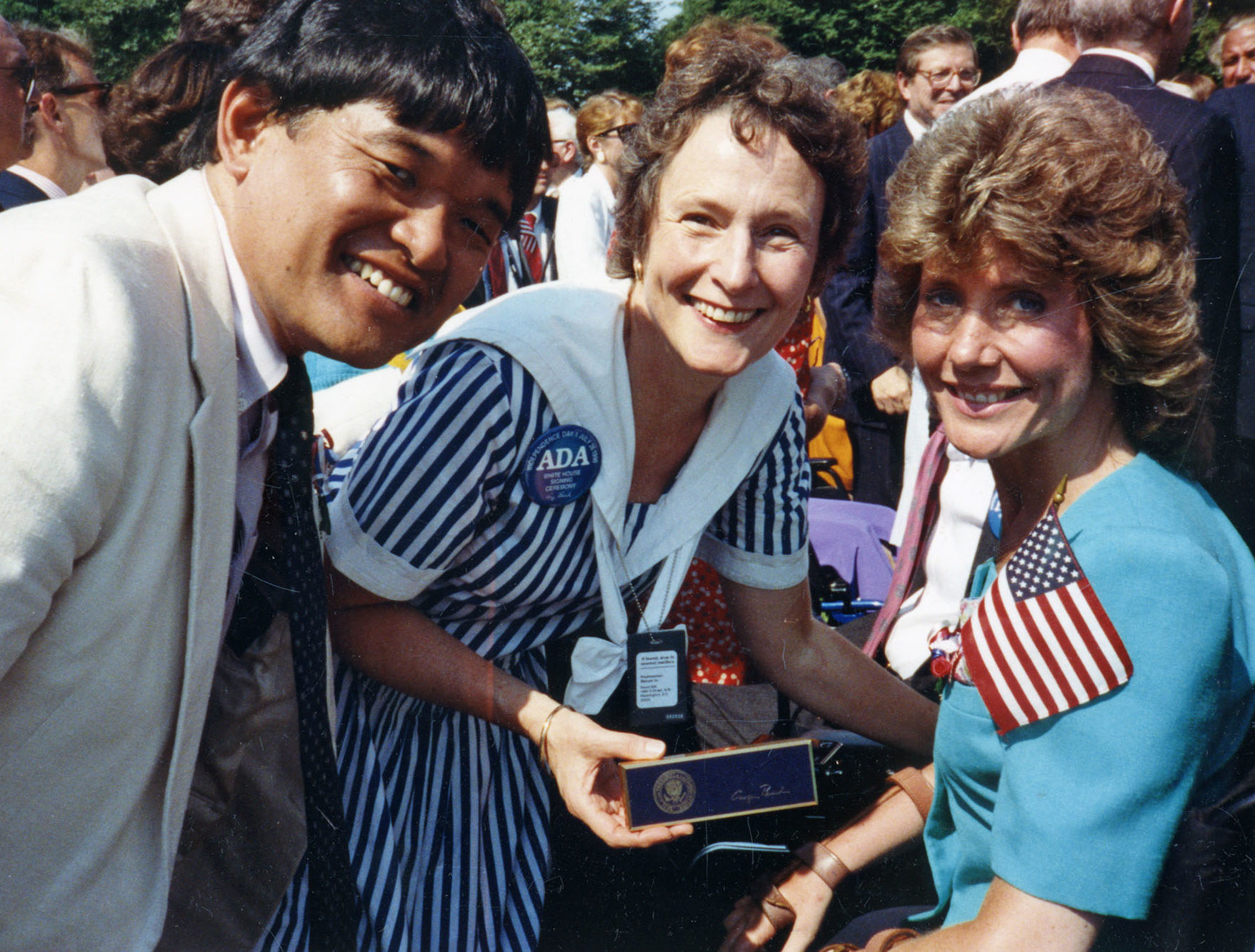
Over the years, there have been numerous definitions offered for the term disability. One of the most prominent comes from the Americans with Disabilities Act (ADA), which Joni Eareckson Tada helped to draft and pass in the United States! This law defines a disability as:
- a physical or mental impairment that substantially limits one or more major life activities;
- a record of such an impairment; or
- being regarded as having such an impairment.
Central to this ADA definition is the concept of impairment. It is assumed, as self-evident in this definition, that disabilities always relate to and originate from some form of impairment. However, the ADA never explicitly defines what an impairment is. But to properly understand disability, we must have a working definition of impairment:
“An impairment is any loss or difference of psychological, physiological, or anatomical structure or function resulting from injury, illness, or congenital conditions.”
To restate the ADA definition succinctly:
“A disability results from an impairment and includes any restriction or lack of ability to perform an activity in the manner or within the range considered typical for a human being.”
While the ADA’s definition of disability remains influential, especially in the North American context from which it was birthed, it is not the only one. For example, the United Nations Convention on the Rights of Persons with Disabilities describes disability as “an evolving concept” that “results from the interaction between persons with impairments and attitudinal and environmental barriers that hinders their full and effective participation in society on an equal basis with others.”
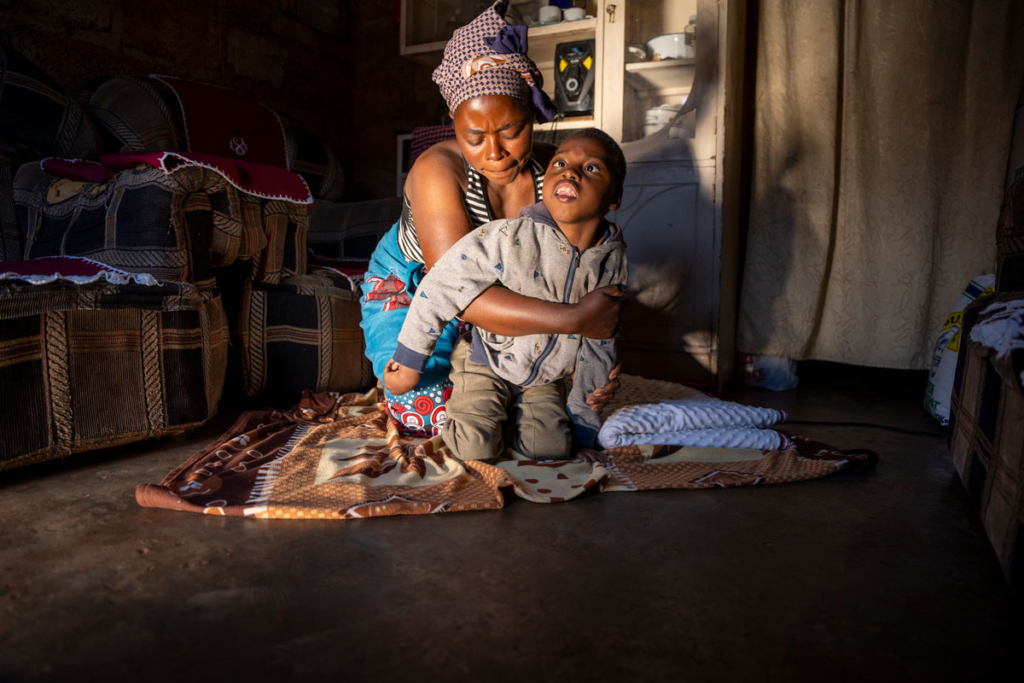
This definition recognizes that disabilities result from impairments; it also emphasizes that people living with disability routinely experience exclusionary and disabling barriers in society, making participation difficult or impossible.
…for our purposes, Beyond Suffering offers the following definition for disability:
“A disability is simultaneously an impairment plus the barriers that hinder people with impairments from participating in society.”
But more important than the definition we choose is the way we speak about and interact with people living with disabilities. Let’s look at this now.
Disability-Friendly Language
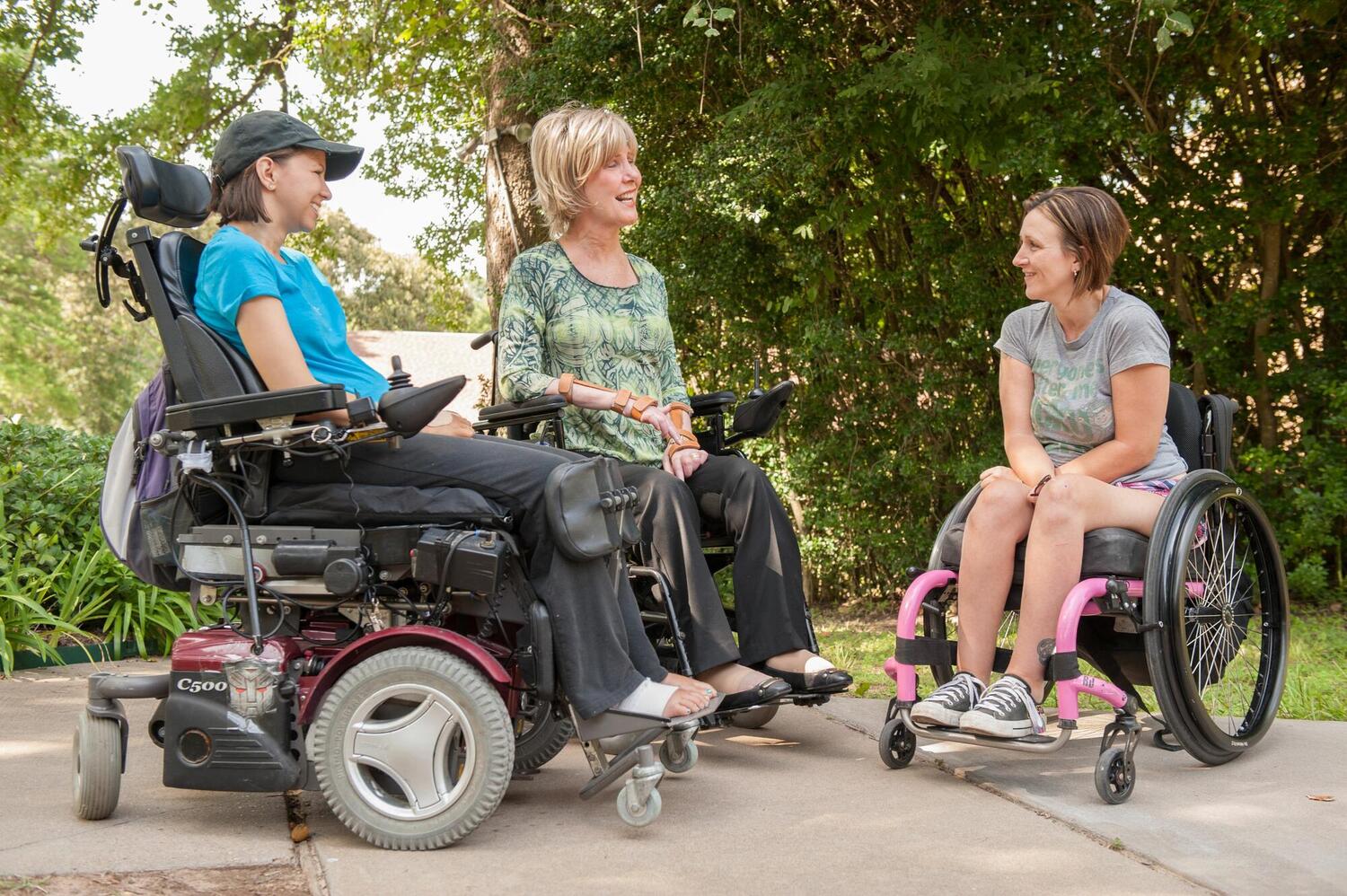
For most of human history, people with disabilities have endured being spoken to and about in dehumanizing ways. The language used often excluded, misrepresented, or marginalized their lives and experiences. However, in recent decades, there has been a growing awareness that the terms and conversations surrounding disability are often insufficient. This has led many people to adopt different ways of speaking about—and to—people living with disability. Below are some helpful tips to keep in mind as you interact with those with disabilities:
- When in doubt, opt for People-First Language: People-First Language recognizes that an individual is, above all, a person and that their disability is a part of them but does not define them. Put differently, People-First Language puts the person before the disability. For example:
- Say “Paul has a disability” rather than “Paul is disabled.”
- Do not talk about the “Down syndrome boy” or the “epileptic woman,” but rather say “the boy with Down syndrome” or “the woman with epilepsy.”

- At times, use Identity-First Language: In some communities, there is a preference for Identity-First Language, which acknowledges that disability is essential to a person’s sense of self and his or her experience of the world. For example:
- Within the autistic community, many prefer “autistic people,” affirming that autism is central to their identity, offering unique strengths and perspectives that benefit society as a whole.
- Within the Deaf community, many prefer “Deaf people,” affirming the unique history, culture, and language that has developed in the face of strong opposition and prejudice. Capitalizing the D in “Deaf” marks the culture as distinct.
- Emphasize abilities: Say “wheelchair users” rather than “confined to a wheelchair.” Likewise, say “atypical” rather than “abnormal.”
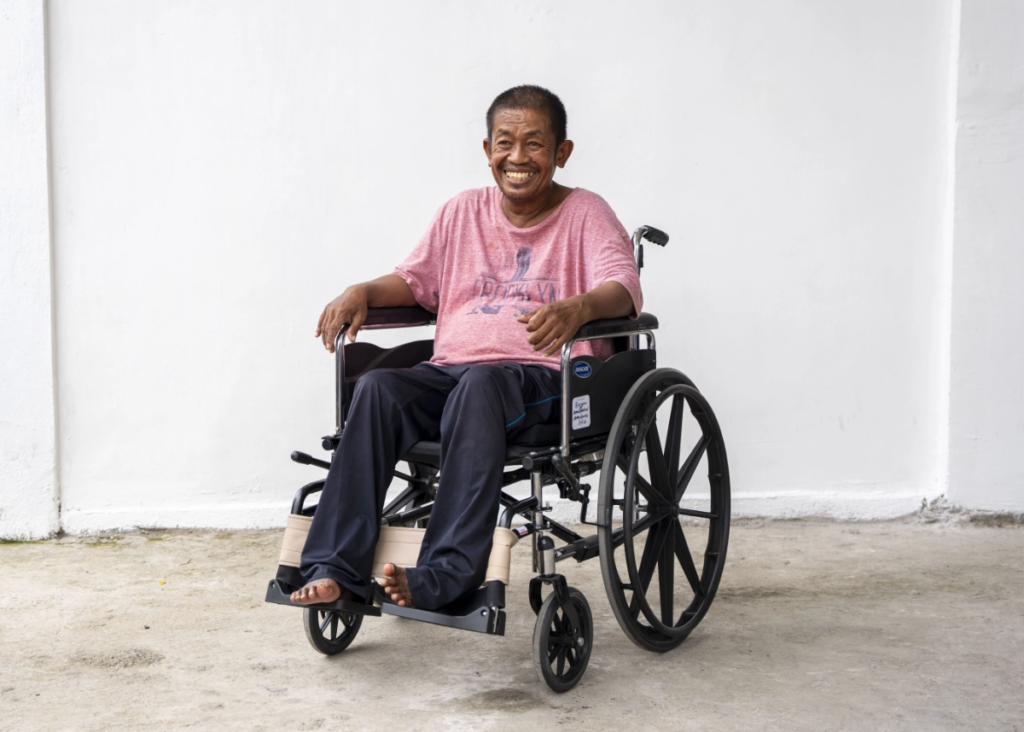
- Avoid sensationalizing and applying negative labels: Avoid saying someone is “afflicted by,” “victim to,” or “suffers from” disability. Say, instead, that someone “has” a disability.
- Avoid hurtful terms: Do not use descriptions such as “defective,” “brain-damaged,” “abnormal,” “slow learner” or “retarded.” Rather, say, “man with a brain injury” or “child with a learning disability,” etc. “Nondisabled” is the appropriate term for people without disabilities when wanting to differentiate between people with disabilities and without—“Normal,” “healthy,” or “whole” are inappropriate.

- Ask: If you are unsure how to address someone, you can ask them! Many people living with disability are grateful when others show sensitivity by asking and seeking to understand their preferences.
Find out more!
Don’t miss the introduction to the Second Edition of Beyond Suffering: A Christian View on Disability Ministry. Discover what’s new and exciting in this course from Kevin O’Farrell, our Director of Theological Education & Engagement at the Christian Institute on Disability.
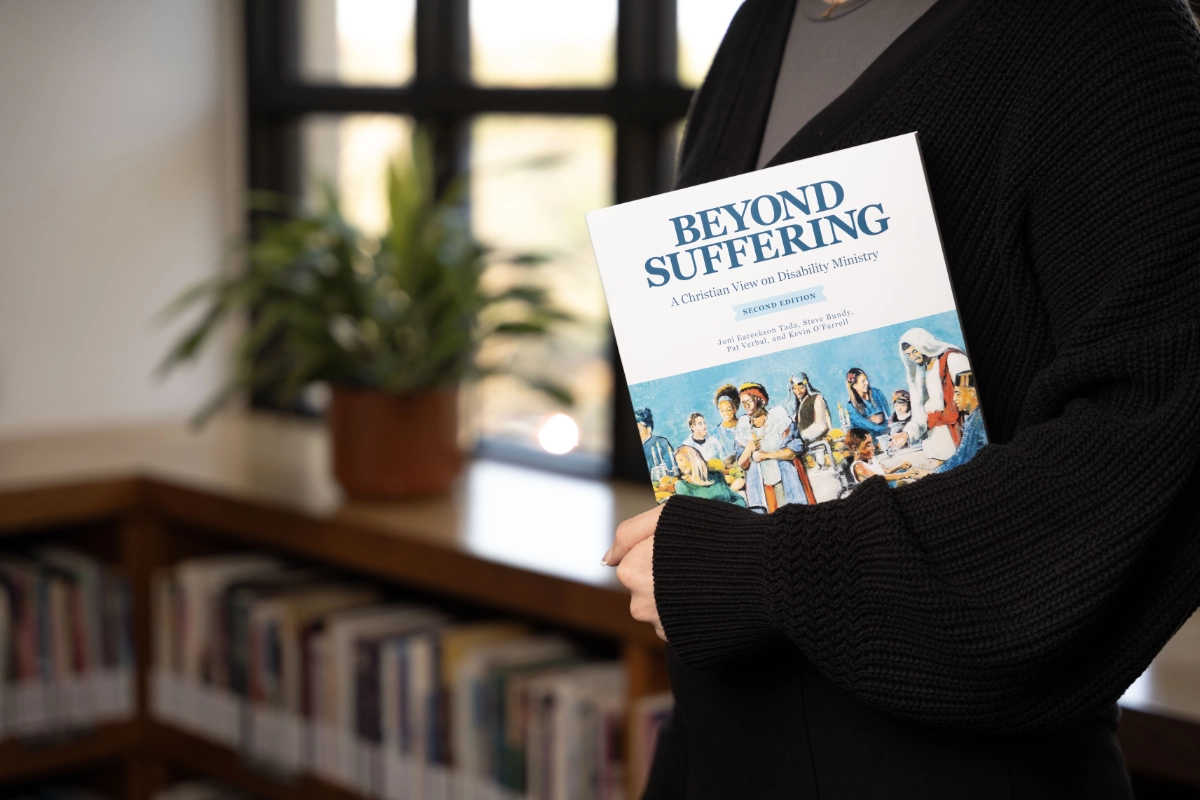

Learn more about Beyond Suffering: A Christian View on Disability Ministry
Developed by the Christian Institute on Disability, the second edition of Beyond Suffering: A Christian View on Disability Ministry provides a theological and practical foundation for Christians to minister to and come alongside people living with disability.



